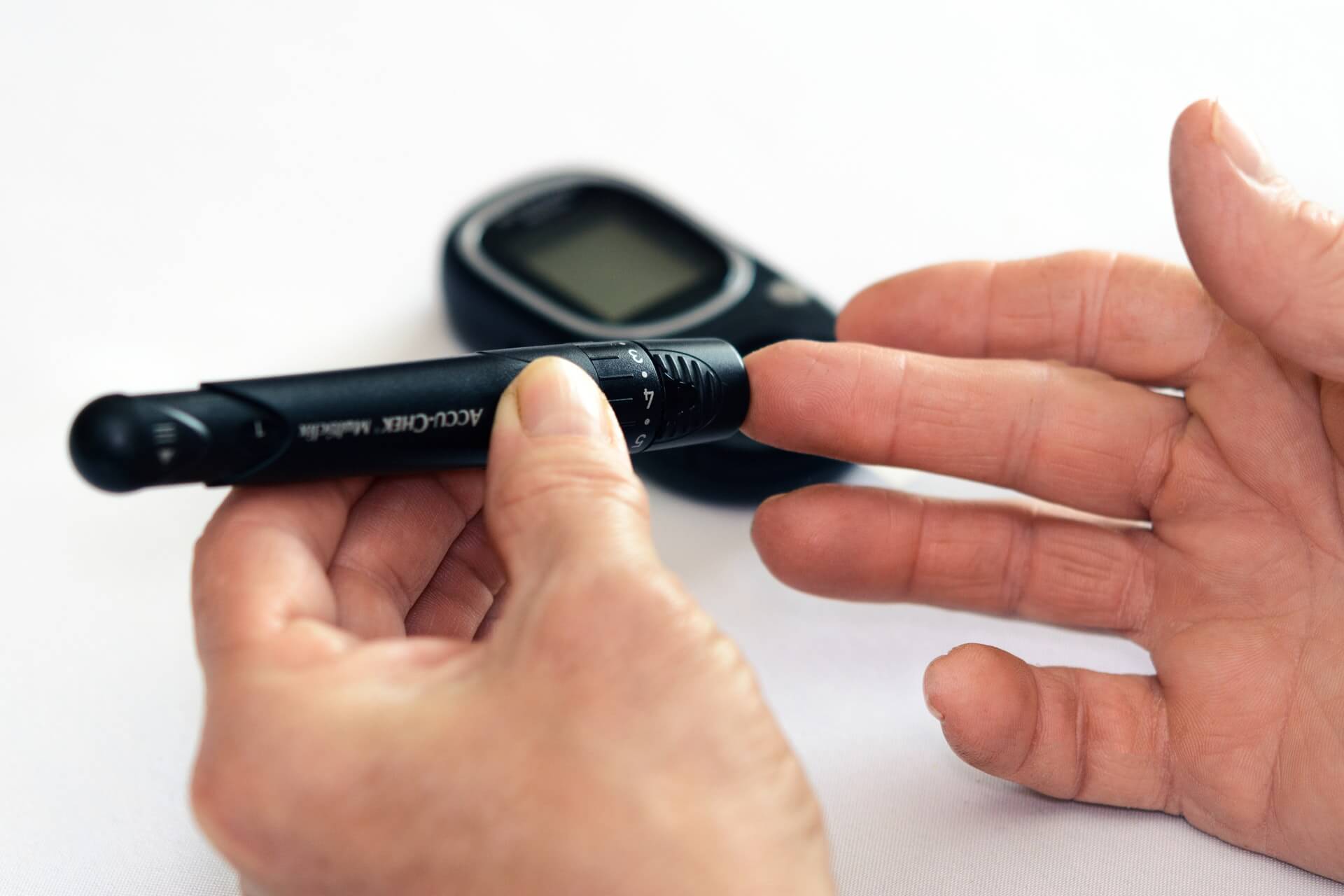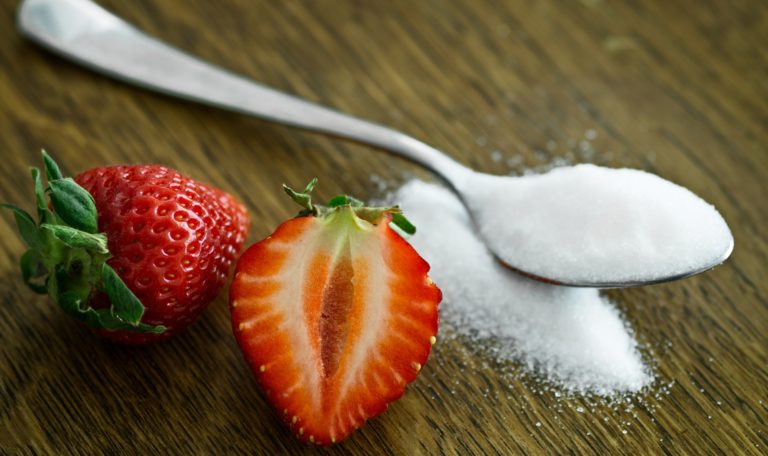Truth be told, only a few people care about blood sugar levels, right? Well, and everything changes when, God forbid, you’re diagnosed with this disease. That is when you start seeing blood sugar levels using a different lens.
But knowing how to lower blood sugar levels should not be difficult. It all melts down to eating the right foods, you know. It is in real terms easier than you realize. The goal of this article is to bring you simple ways that you can agree to follow consistently if you are to lower sugar levels in the blood.
What is a dangerous level of blood sugar? This occurs when your body can’t transfer sugar from the blood to cells effectively. Now that you are in the know, let’s look at ways to lower blood sugar levels.
Here are 12 on how to lower blood sugar levels. As you will realize, they are what to do after hearing what the doctor had to say regarding what could happen should you fail to keep your blood sugar levels in control.
Do take a special look at them, but yet still, you can as well find other things that you can incorporate into your diet and general lifestyle.
How to Reduce Blood Sugar Levels Immediately and Naturally?
1. Make Sure to Eat Proteins with Carb
Carbs are largely responsible for increasing blood sugars after you have eaten meals. On the other hand, proteins do not. This is true for all people, whether diabetic or not.
Adding proteins to meals that contain carbs is one sure way to effectively lower the glycemic index of such combined meals. Apart from improving blood sugar levels control, this also lowers post-meal glucose levels.
Naturally, your body can break down proteins through gluconeogenesis, and this happens when you cut down on carbohydrates. This way, your body uses a less efficient fuel that is protein, to produce energy.
2. Do a Lot of Fiber
What foods will lower blood sugar quickly? Fiber is one superfood that can naturally fix high blood sugar within no time at all.
You should up your intake of fiber as it lowers the absorption of sugars, just like fats do. The result is a slower and steady rise in post-meal blood sugar.
The doctor says that consuming fiber or supplementing your meals with high fiber is beneficial in controlling blood sugar levels. In real terms, diets with 15 grams of soluble fiber help to lower blood sugar levels by 0.55% daily.
The daily recommended fiber intake for men is at least 38 grams and at least 25 grams for women.
3. Fats Aren’t Necessarily Bad
One thing that has had a bad rap over the past few years is dietary fat. So much that low-fat products and diets have popped up around every corner of the globe.
The thing is, dietary fats are not necessarily bad as we have been made to believe, right? Now, they are even good for people battling diabetes and blood sugar issues. We said carbs aren’t that good, but fortunately, fats can greatly slow down the absorption of carbs in your digestive system. So you get a steadier rise over a longer time. This effectively averts the risk of spiking of blood sugars after meals.
4. Grab Some Fish
Enjoying fish in the place of animal meat goes a long way to cut on the negative effects that red meat can cause your body. Fish is also a great protein addition to any meal, which effectively lowers the glycemic index of that combined meal. Since fish doesn’t contain carbs, it doesn’t spike your insulin and blood sugar levels.
Health experts say that it is advisable to eat 1 or more servings of fish daily, as this reduces the risk of diabetes while controlling blood sugar levels. However, some species of fish such as Shellfish have been found to increase your risk.
5. Up Your Intake of Fruits and Green, Leafy Veggies
Thanks to their high fiber content, fruits, and vegetables (especially green, leafy ones) help to lower sugar levels in the blood. By doing so, they help your body to cut the risk of Diabetes Type-2. In an interesting twist, the amount you eat is in no way related to the risk of diabetes.
What is more important is how much green veggies you consume. They are inversely related to developing diabetes. The fiber in yellow, green, cruciferous, and leafy vegetables has the potential to regulate blood sugars and diabetes. Give them a try.
6. Stretching Can Help Lower Blood Sugar Levels
Exercise is something we should do daily. You know, the human body is made with the ability to move. But unfortunately, the digital age we’re living in right now has made exercising a bit more difficult.
Just like any other physical activity, stretching your body helps your body to use up glucose. This prevents it from accumulating in the blood and hence causing high blood sugar. Additionally, stretching helps to improve blood pressure and cholesterol levels.
7. Avoid Sitting for Longer Periods
In contrast to physical activity, you should avoid sitting for long periods. Sedentary lifestyles harm insulin sensitivity and increase post-meal blood sugar levels as well.
There is an inverse relationship between blood sugar and the time spent in a low-intensity activity such as sitting.
8. Stay Hydrated
One way to keep blood sugar levels lower after eating is by drinking enough water. This takes us to the daily recommended water intake, which the doctor puts at 8 glasses per day. Staying hydrated adequately helps maintain blood sugar at healthy levels. This is how it achieves that:
● Water helps your kidneys to rid the body of blood sugar. This is especially essential to hyperglycemic people.
● Water averts dehydration, which is known to cause high blood sugar.
● Water intake is inversely proportional to hyperglycemia.
Since water rehydrates your body and lowers blood sugar, getting enough of it daily reduces the risks of diabetes.
One good thing with water is that it does not have any sugar or calories, and as such, you can comfortably enjoy it without gaining unnecessary body weight and fats. Or yet still, negatively affecting your blood sugar levels.
9. Avoid Stress
Talking of natural control of blood sugar level, you should know the relationship between blood sugar levels and stress. Let’s talk about it.
First of all, we all know that stress can wreak havoc on our mental health, right? Well, it also hikes your blood sugar levels. This is simply because stress stimulates the production of some hormones, which raise blood sugar.
When you are stressed, your adrenal glands increase the production of cortisol and adrenal hormones, subsequently cause the liver to secrete glucose back into the blood. This is what makes you alert during emergencies. Your focus is improved, right?
But with chronic stress, you become hyper-alert, and your glucose levels remain high. That is how the risk of diabetes and high blood sugar increases over time.
Now, you can do some yoga, meditation, bathtub, massage, etc.at least to help you in stress management.
10. Catch Enough Sleep
Getting enough quality sleep feels incredible. We can all agree on that. Absence and lack of sleep triggers craving and advance weight gain, all of which affect insulin sensitivity negatively. And just like stress, lack of sleep builds cortisol levels and diminishes the body’s development hormones. This affects glucose tolerance, albeit negatively.
Additionally, sleep affects blood sugars indirectly as well, for example when you turn to high-calorie foods after waking up tired. We said that calories raise blood sugar levels and they also trigger weight gain.
Interestingly, too much sleep is as bad as not getting it all. Sleeping between 6.5-7.4 hours a night is optimal, as, during this duration, hemoglobin levels are at their lowest.
11. Eat the Right Foods
You may wonder, “what is a dangerous level of blood sugar?” Well, there are lots of foods to lower blood sugar levels out there. Some are useful and others aren’t, especially for diabetics. Eating mindfully goes down to choosing the right foods.
One superfood that can lower your blood sugar levels is nuts. They come with healthy fats and fewer carbs, which is beneficial to your blood sugar.
Vitamin D (especially from sardines) is also another good food for your blood sugar. This vitamin, coupled with sunshine’s vitamin D, works to impact insulin resistance, which improves glucose levels big time.
When doing fruits, go for whole fruit rather than juice, because the former contains more fiber than the latter. A small amount of fruit juice is good, but it shouldn’t be your go-to beverage.
12. Pick the Right Bread
Hey diabetics, listen to this. Bread (especially white bread) is loaded with refined starch and carbs, which causes blood sugar to spike up quickly once your body digests it.
Fortunately, there are better alternatives to choose from- whole grain bread, high fiber bread, etc. You know, the more fiber you take, the gradual rise in blood sugar.
How to Lower Blood Sugar Levels: It’s Easy
Managing blood sugar levels can prove difficult for most of us, especially because misinformation about this manageable condition is rampant. For example, you may wonder, “how can I lower my blood sugar during pregnancy? Well, there’s no magic to achieving steady blood sugar levels in different situations of life other than practicing the natural ways above. You may have realized how lower blood sugar levels can easily be achieved, practically. It all goes down to healthy eating and avoid leading a sedentary lifestyle.
You are free to add any other thing to the list of ways to naturally lower blood sugar levels.







